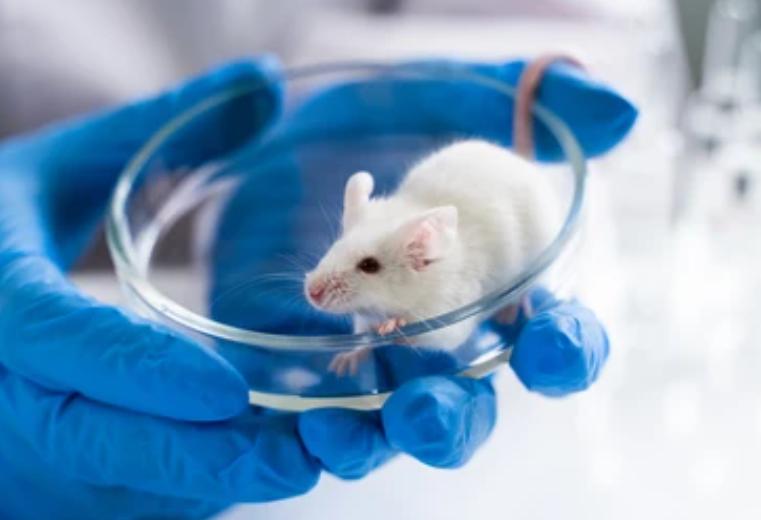Animal Models of Neurodegenerative Diseases

Alzheimer's disease (AD), Parkinson's disease (PD), frontotemporal dementia (FTD), and amyotrophic lateral sclerosis (ALS) are devastating neurodegenerative disorders that inexorably progress to severe disability and death. Studying these complex diseases in humans is challenging, which is why animal models serve as valuable tools for understanding their underlying mechanisms and developing potential therapeutic interventions.
Animal Models of Alzheimer's Disease
- AD is the most common neurodegenerative disease, characterized by the accumulation of β-amyloid plaques and neurofibrillary tangles in the brain, leading to progressive memory loss and cognitive decline. AD is characterized by three hallmark pathologies, senile plaques, neurofibrillary tangles (NFT), and hippocampal and cortical neurodegeneration.
- Transgenic rodents that drive Aβ aggregate accumulation, model amyloid deposition in senile plaques and some cases cerebrovascular amyloid. AD-linked human mutations in APP, PSEN1, and PSEN2, function in the mouse model much as they do in humans.
- Transgenic mice that develop robust neuronal tau inclusion pathology (tauopathy) are largely based on transgenic overexpression of mutations that cause FTD with Parkinsonism linked to chromosome 17 (FTD-MAPT). Unlike models of Aβ, these animals exhibit overt neurodegenerative changes.
Animal Models of Parkinson's Disease
- PD is a progressive neurodegenerative disorder characterized by the loss of dopaminergic neurons in the substantia nigra region of the brain. This leads to motor symptoms such as tremors, rigidity, and bradykinesia.
- Extensive use of the 6-hydroxydopamine (6-OHDA) and the 1-methyl-4-phenyl-1,2,3,6-tetrahydropyridine (MPTP) models, have refined therapies that are used to treat the symptoms of PD. Mutations in α-synuclein cause autosomal dominant PD with characteristic Lewy pathology. In the case of parkin and PINK1, there is robust degeneration of DA neurons when these genes are deleted in adult mice.
Animal Models of Amyotrophic Lateral Sclerosis
- ALS is a devastating neurodegenerative disease characterized by the progressive degeneration of motor neurons, leading to muscle weakness, paralysis, and ultimately, respiratory failure.
- The most widely used ALS animal model is the transgenic mouse model that overexpresses mutant forms of the human superoxide dismutase 1 (SOD1) gene, which is associated with familial ALS. However, a major caveat of SOD1 models is that they do not recapitulate TDP-43 pathology which is present in the vast majority of ALS patients.
Animal Models of Frontotemporal Dementia
- FTD is the result of damage to neurons in the frontal and temporal lobes of the brain. TDP-43 is an essential protein that influences the processing of hundreds of RNA targets. The discovery of TDP-43 as the major component of cytoplasmic inclusions in sporadic FTD patients provided an opportunity to investigate sporadic disease.
- Another approach involves the manipulation of genes associated with familial forms of frontotemporal dementia, such as the progranulin (GRN) and C9orf72 genes. Animal models with mutations in these genes have exhibited behavioral abnormalities, synaptic dysfunction, and cellular changes reminiscent of frontotemporal dementia.
Creative Bioarray Relevant Recommendations
- With extensive experience and state-of-the-art technologies, Creative Bioarray is offering Alzheimer's disease modeling and assays to help our customers open the door for generating new insight into disease pathophysiology and improving the process of drug development.
- We also help our customers assess the drug efficacy and study the associated pathological mechanisms of Parkinson's disease by in vivo/vitro PD model. In addition, we are offering Parkinson's disease modeling and assays to help our customers accelerate the process of drug development.